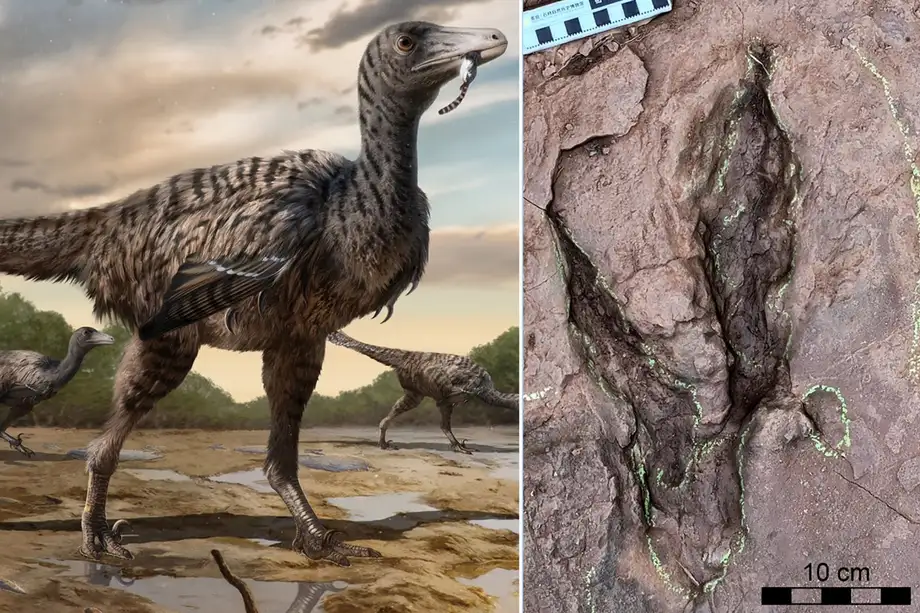Giant Raptor Dinosaur Footprint Fossil Found

An apex predator can vary greatly in size, ranging from creatures like the raccoon-sized quolls of Australia to the formidable Bengal tiger. Scientists have gained valuable insight from a colossal dinosaur footprint recently unearthed in China.
This footprint isn’t remarkable solely due to its size—larger ones have been found before—but because it’s the largest fossilized footprint of a raptor ever documented. Discovered in Fujian province, China, it belongs to a new genus named Fujianipus, meaning “foot of Fujian,” and its species is yingliangi. This raptor ranks among the largest ever identified, closely approaching the size estimates for Utahraptor.
Raptors, formally known as Deinonychosaurids, entered popular culture with the release of Jurassic Park in 1993. Despite being portrayed as sizable predators in the film, real raptors were typically small in stature.
Scott Persons, an assistant professor of paleontology at the College of Charleston and a member of the research team, explained, “Raptors excelled at being small. As predators the size of house cats or coyotes, they thrived globally for millions of years.”
The track was discovered in an area spanning about 17,000 square feet in Fujian, containing over 240 identifiable dinosaur tracks. These tracks likely formed as dinosaurs traversed mud near a riverside.
Lida Xing, a Chinese paleontologist leading the project, noted, “Raptor tracks are distinctive, but these are unlike any previously found.”
Raptor tracks typically display only two toe imprints because the middle digit sported a long curved talon, which the animal raised above the ground to avoid damage.
Measuring 14 inches from claw to heel, the five imprints suggest that Fujianipus stood around 6 feet tall at the hip and was approximately 16 feet long, more than double the length of the average velociraptor.
Additionally, based on the toe proportions, researchers believe this animal was a troodontid, a small, relatively intelligent, feathered hunting theropod from the Late Cretaceous period.
While many raptors remained small, Fujianipus evolved to be significantly larger, likely occupying a niche as a large, swift predator in its ecosystem.